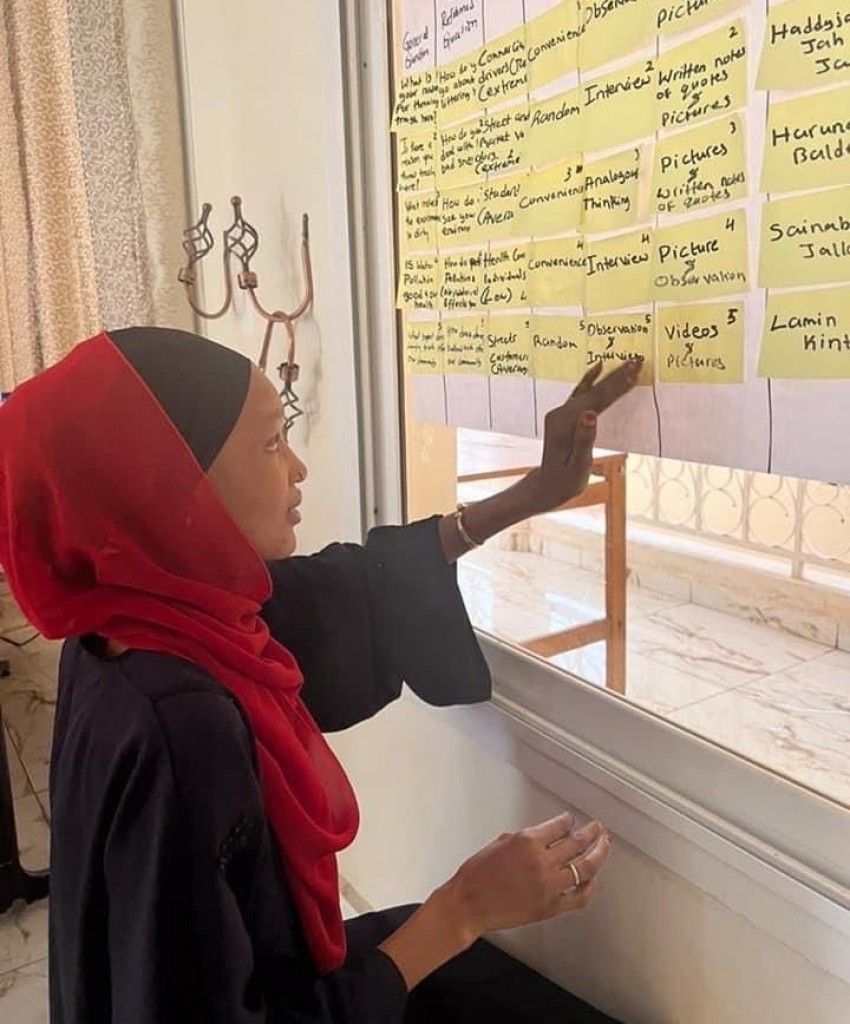This is the blog details page :)
The Power of Design Thinking: Unleashing the Potential of Great Ideas for Business Success
By Alieu Jallow, 2 years ago.

Every successful business starts with a great idea, but not every great idea leads to success. So, what sets apart those ideas that soar from those that flop? The answer lies in the process of how they are developed and nurtured.
Recently, a group of participants at the Design Thinking Training of Trainers, funded by the International Trade Centre through The Gambia Youth Empowerment Project (YEP), had the opportunity to explore this question in depth. Through a series of exercises and workshops, they learned the principles of design thinking and how to apply them to the development of innovative solutions for real-world problems.
At the heart of the design thinking process is empathy, the ability to understand and appreciate the perspectives and needs of the users or customers. By gathering insights into the aspirations of the people they aim to serve, the participants were able to develop ideas that truly fulfilled their needs.
Through this training, the participants were able to see how design thinking can be a powerful tool for shaping the future of their businesses. They learned how to identify opportunities for innovation, and how to validate and iterate their ideas until they had a solution that truly met the needs of their customers.
The design thinking process is not just limited to developing new products or services. It can also be applied to improving existing ones, to re-imagine business models, and to create new ways of working. The possibilities are endless, and the potential for impact is huge.
The participants at the training of trainers left the program with newfound confidence and inspiration, ready to take their ideas to the next level and make a real difference in the world. We are excited to see the impact that their newfound design thinking skills will have on their businesses and communities in The Gambia and beyond.
In conclusion, Design thinking is a holistic approach to problem solving that helps us to not only have a great idea but also to validate and make it into a successful solution that meets the needs of users, as well as the goals of the business. By equipping individuals and organizations with these skills, we are not only helping them to succeed but also contributing to the economic and social development of the communities they serve."
Posted in Uncategorized
- Categories
-
Uncategorized
28
